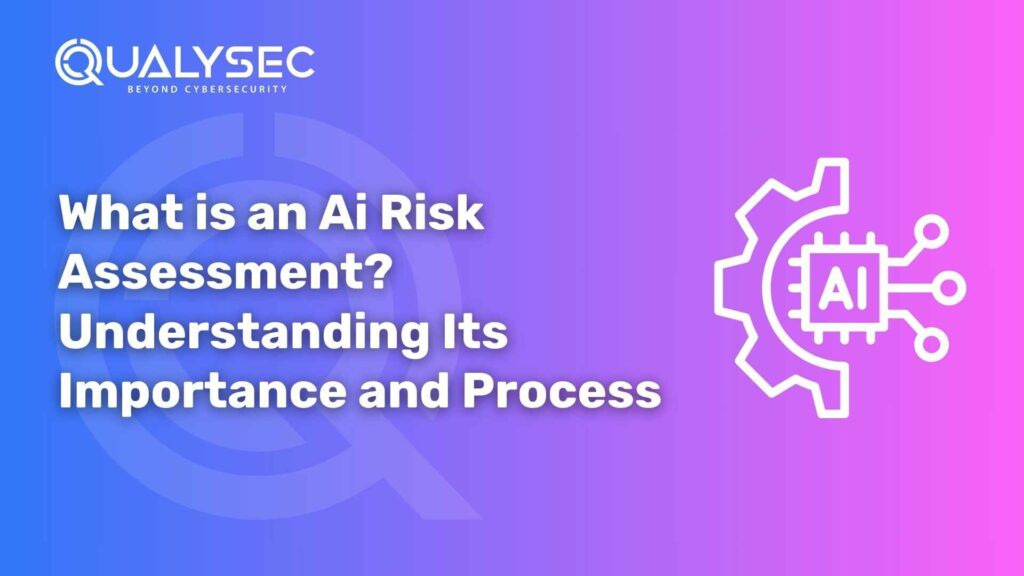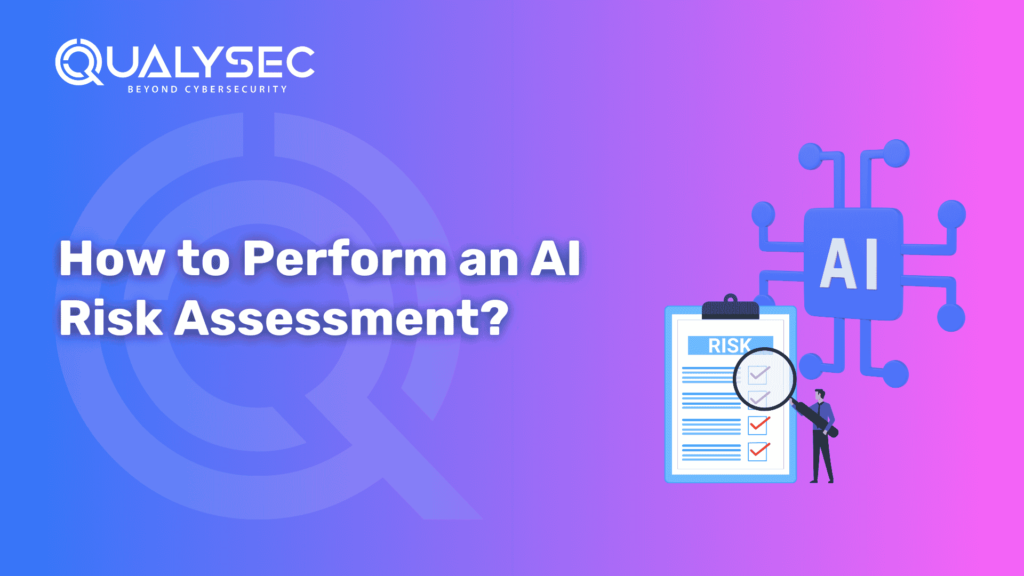What is an Ai Risk Assessment? Understanding Its Importance and Process
AI is revolutionizing businesses by creating unprecedented productivity, creativity, and development prospects. Yet huge authority with great accountability. Artificial intelligence (AI) systems, if not properly built and handled, artificial intelligence (AI) systems may expose enterprises to hazards ranging from flaws and safety risks to moral dilemmas and regulatory concerns. Here’s where AI risk assessment enters the picture. It is essential for establishing confidence, openness, and operational adherence in AI-powered operations. What is AI risk Assessment? AI Risk Assessment is an organised method of acknowledging, reducing, and dealing with the potential vulnerabilities connected to AI technologies. Considering a focus on implementing actual AI risk assessment applications, it encompasses a variety of methods, instruments, and ideas. Why is AI Risk Assessment crucial? The implementation of machines powered by AI has increased dramatically throughout businesses in the past few years. Companies are pursuing AI’s advantages, such as improved profitability, effectiveness, and creativity, however, they sometimes have difficulty recognising its possible drawbacks, such as data difficulties, safety hazards and ethical and legal challenges. Organisations understand this difficulty. This shortage can be filled and enterprises can fully utilise artificial intelligence systems without sacrificing safety or morals with the support of AI Assessment. “Check out our guide to Security Risk Assessment.“ Understanding the dangers related to artificial intelligence (AI) platforms. AI risk, unlike other kinds of security risk, is often measured by the probability and extent of possible AI-related hazards to a company. Though every artificial intelligence framework and application case is unique, the hazards of AI are often classified into four distinct groups: When not handled properly, these threats can cause considerable adverse effects for AI systems and businesses, such as monetary harm, adverse legal charges, lack of consumer faith, and information theft. AI Risk Assessment Guidelines Several companies handle AI risks by implementing AI risk assessment guidelines, that serve as collections of standards and guidelines for preventing hazards throughout the AI lifespan. These rules, consisting of detailed positions duties, regulations, and processes related to a particular company’s usage of AI, might also be thought of as guidelines. Guidelines for AI risk assessments support businesses in creating, implementing, and maintaining artificial intelligence (AI) platforms in an approach that reduces dangers, respects moral principles, and maintains continuous adherence to regulations. “Dive into our guide on Cybersecurity Risk Assessment.“ NIST AI RMF and Key Components of AI Risk Management “You might like to explore: AI Penetration Testing and how it helps to secure your business from cyber threats.” Latest Penetration Testing Report Download Goal and Prospect of AI Risk Assessment Detect and Reduce Risks: The main objective is to identify any negative effects and create plans to reduce or remove them. Complete AI risk evaluations: This should include security weaknesses, violation of privacy, ethical problems, and possible errors in AI systems. Beyond Harmful Dangers: In addition to limiting adverse consequences, the subject matter should include whether AI systems might be used for both favourable and more beneficial results. Limitations in AI Risk Assessment While AI risk assessments are an essential component that may be extremely beneficial to enterprises, they also present several issues. This includes everything that follows: Absence of Transparency: The absence of transparency is usually a salient functional and ethical issue in virtually every exemplary AI system. This situation is as black boxed as it has been in the AI industry because the developers of the very systems and models have very minute information as to how their organizations and models make choices. Rapid Technological Developments: On one hand, it is entitled to the statement: It is necessary to understand and accept the fact that here, among others, In the space of technology–much more speedily than the governance measures can even come close to catch up. And each technological leap creates new opportunities, leaving organizations just as in the dark as to how to deal with the new difficulties. Legal and Compliance Issues: Legal compliance almost always proves to be a monumental task for any organization. The torturous and intricate maze of international, national, regional, and local regulations could leave organizations drained of resources and capabilities in terms of implementation. Furthermore, different regulations may impose different legal standards and requirements upon organizations, creating an added challenge for organizations now concerned not just about being in good standing but maintaining acceptable standards of products and services. Why Perform Risk Assessments for AI? Prevent Damage: Errors in AI systems can bring concrete harm to bear in the real world, and evaluations are designed to diminish the chances of such mistakes as might cause harm to users or stakeholders. Compliance Assurance: Various AI frameworks and regulations, such as the EU AI Act, have stipulations for adequate documentation and risk assessments within the total AI lifecycle. Trust Building: In-depth evaluations communicate to stakeholders that the organization is serious about responsible AI behaviour, which builds trust among users and stakeholders. Fairer and Reliable: Risk assessments may indicate possible bias introduced in the model, which can be corrected to deliver more reliable and fair AI performance. “Learn more with our Vendor Risk Assessment guide.“ Conclusion AI Risk Assessment is becoming critical for organizations of every level. New emerging trends in AI today like generative and explainable models along with targeted legislation have put organizations on their toes when it comes to adaptive changes in AI governance strategies. QualySec, with its extensive knowledge regarding Vulnerability Assessment and Penetration Testing, is bound to become a valuable ally among all such businesses wanting to avail full-fledged deployment of AI but with the benefits of sure security along with compliance. Don’t leave it up to chance; go with the experts. Get in touch with QualySec today to set up a meeting or begin with a free assessment. Talk to our Cybersecurity Expert to discuss your specific needs and how we can help your business. Schedule a Call





